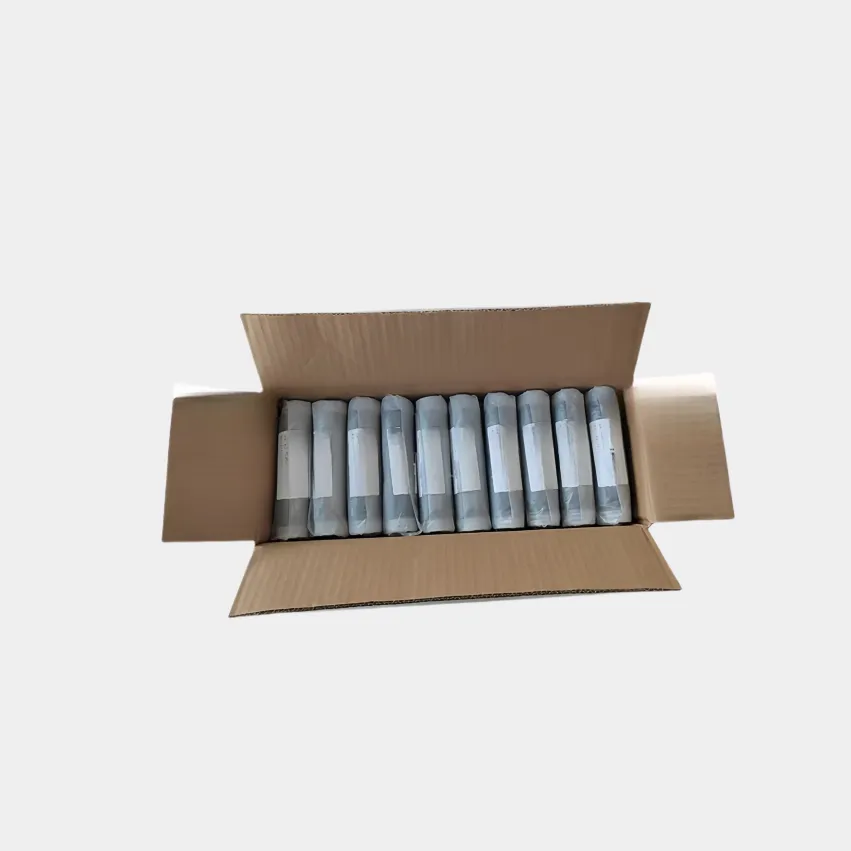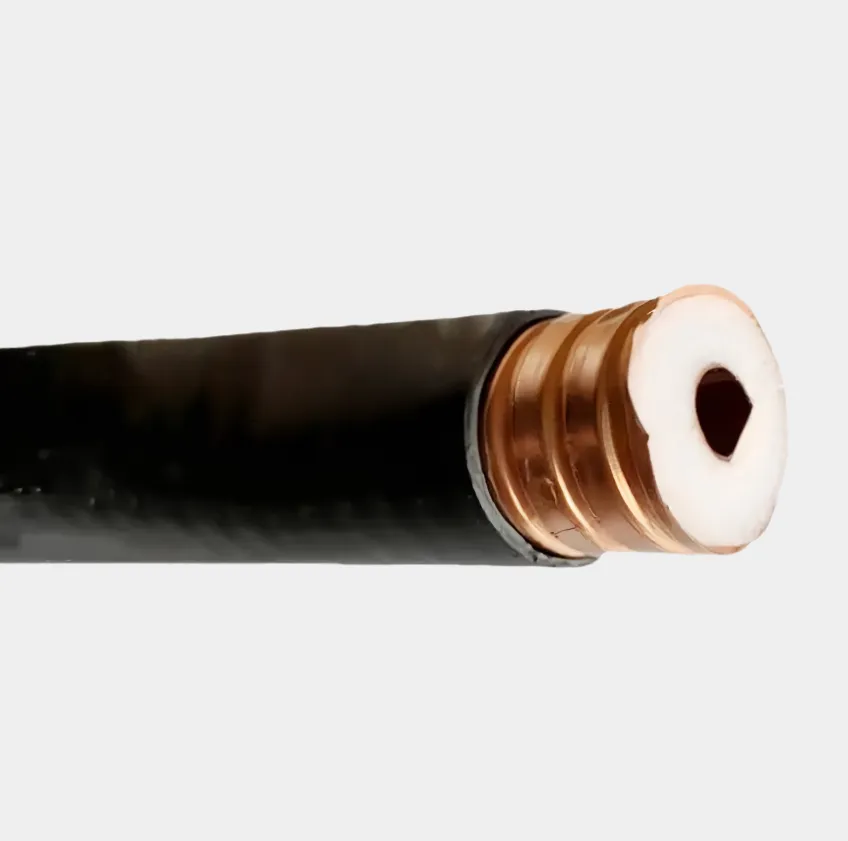Coaxial cables are categorized into various types based on design, application, and performance characteristics to suit diverse communication needs. One primary classification is by size, with common diameters including 1/2 inch, 3/4 inch, and 7/8 inch, as seen in Hebei Mailing’s 5G feeder cable offerings. Smaller diameters (1/2 inch) are lightweight and flexible, ideal for short distance connections in indoor or compact outdoor setups, such as between base station components. Larger diameters (3/4 inch and 7/8 inch) are designed for longer haul transmissions, minimizing signal loss over extended distances, making them suitable for linking remote cell towers or connecting main distribution points in 5G networks. Another classification is by application: feeder cables, specifically optimized for 5G and 4G base stations, carry high frequency signals from radios to antennas; hardline cables, with rigid outer conductors, are used in high power systems like broadcast transmitters; and flexible coaxial cables, with braided outer conductors, are common in consumer electronics (e.g., TV connections). Shielding type also distinguishes types: single shielded (foil or braid) for low interference environments, double shielded (foil + braid) for moderate interference, and triple shielded for high interference industrial settings. Additionally, some cables are designed for specific frequencies—ultra low loss cables support 5G’s high mmWave frequencies, while standard cables suffice for lower frequency 4G applications.


